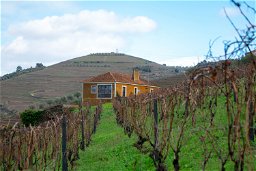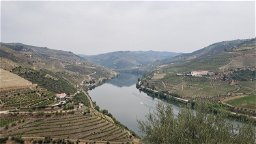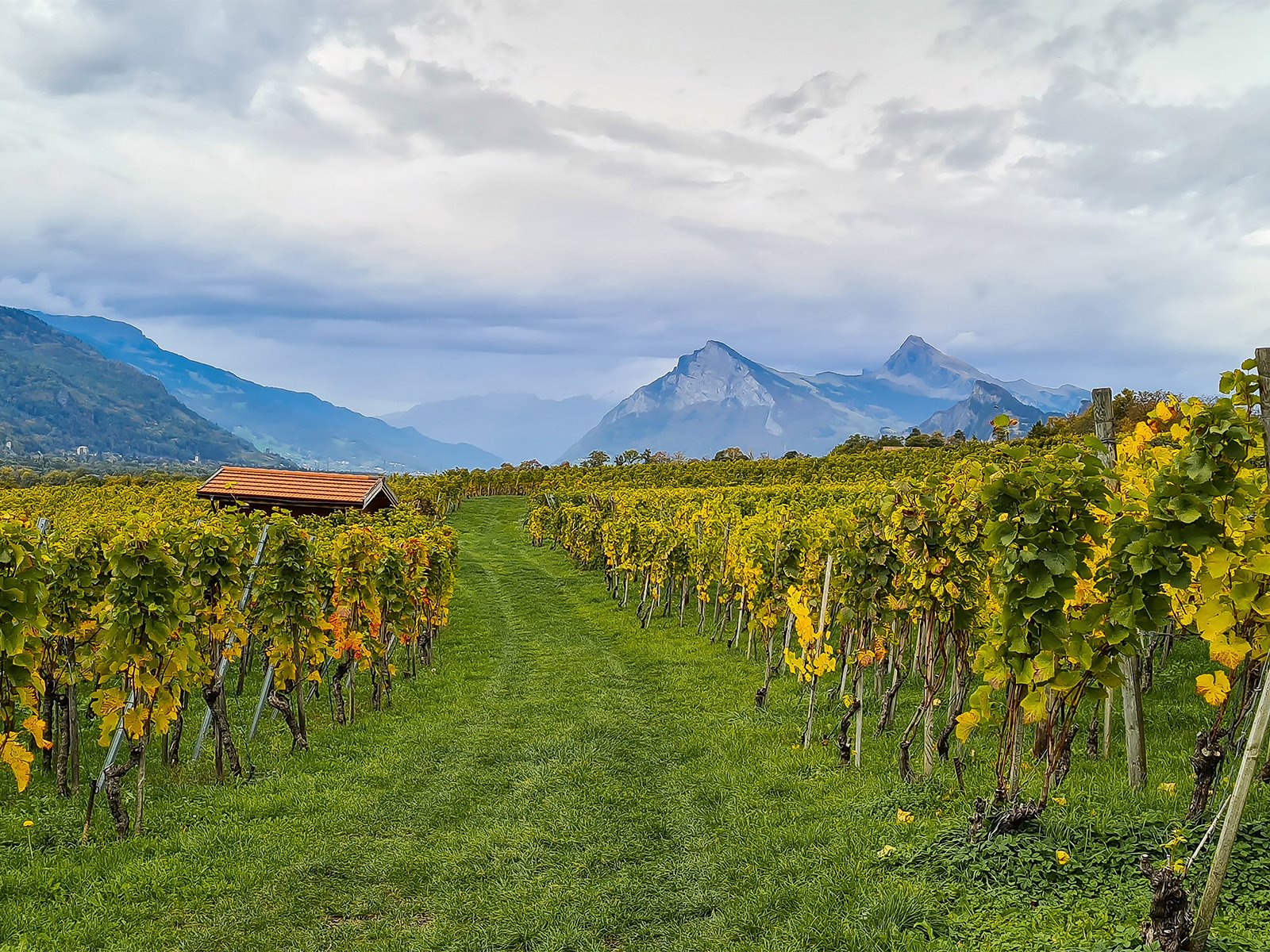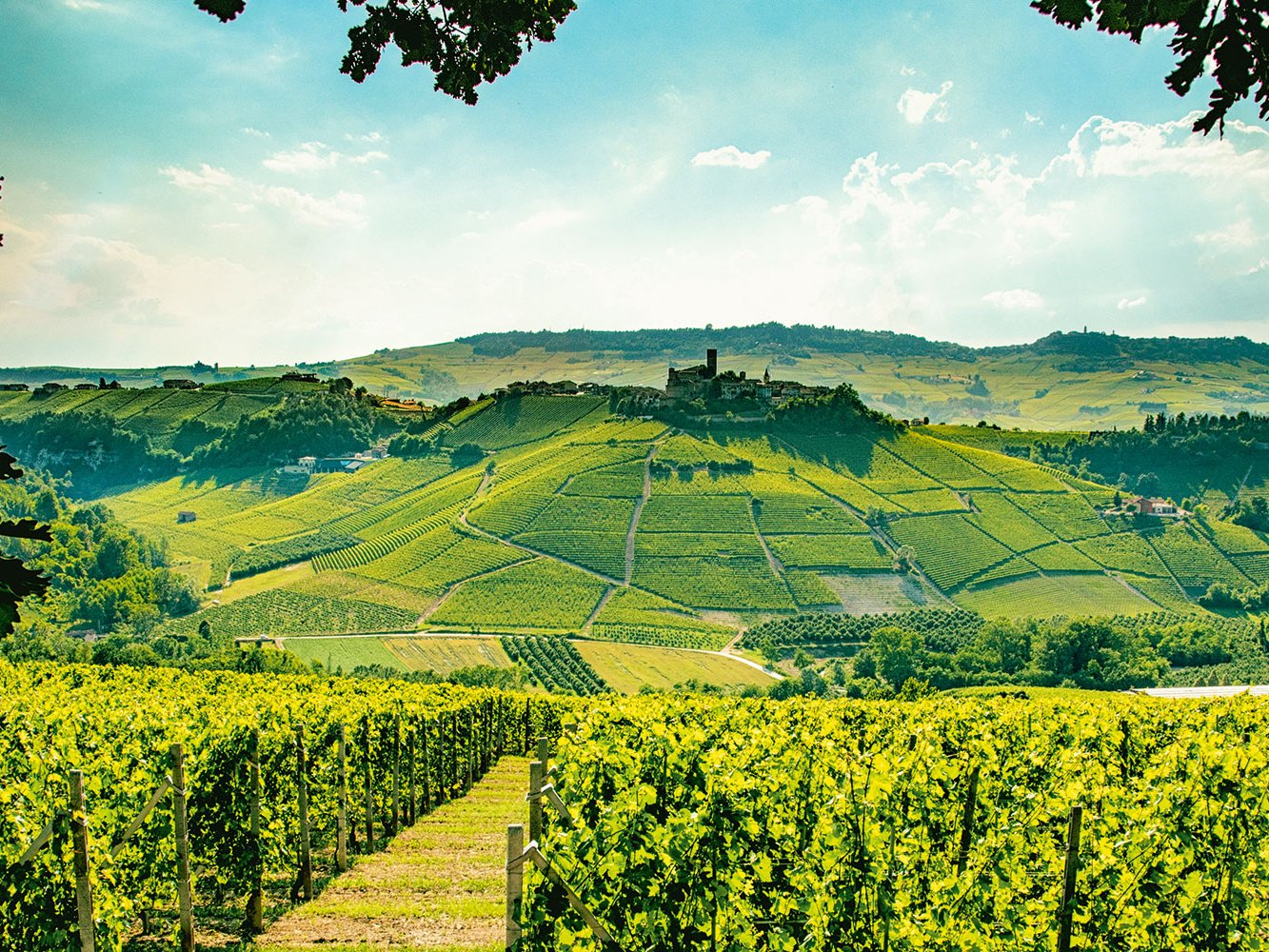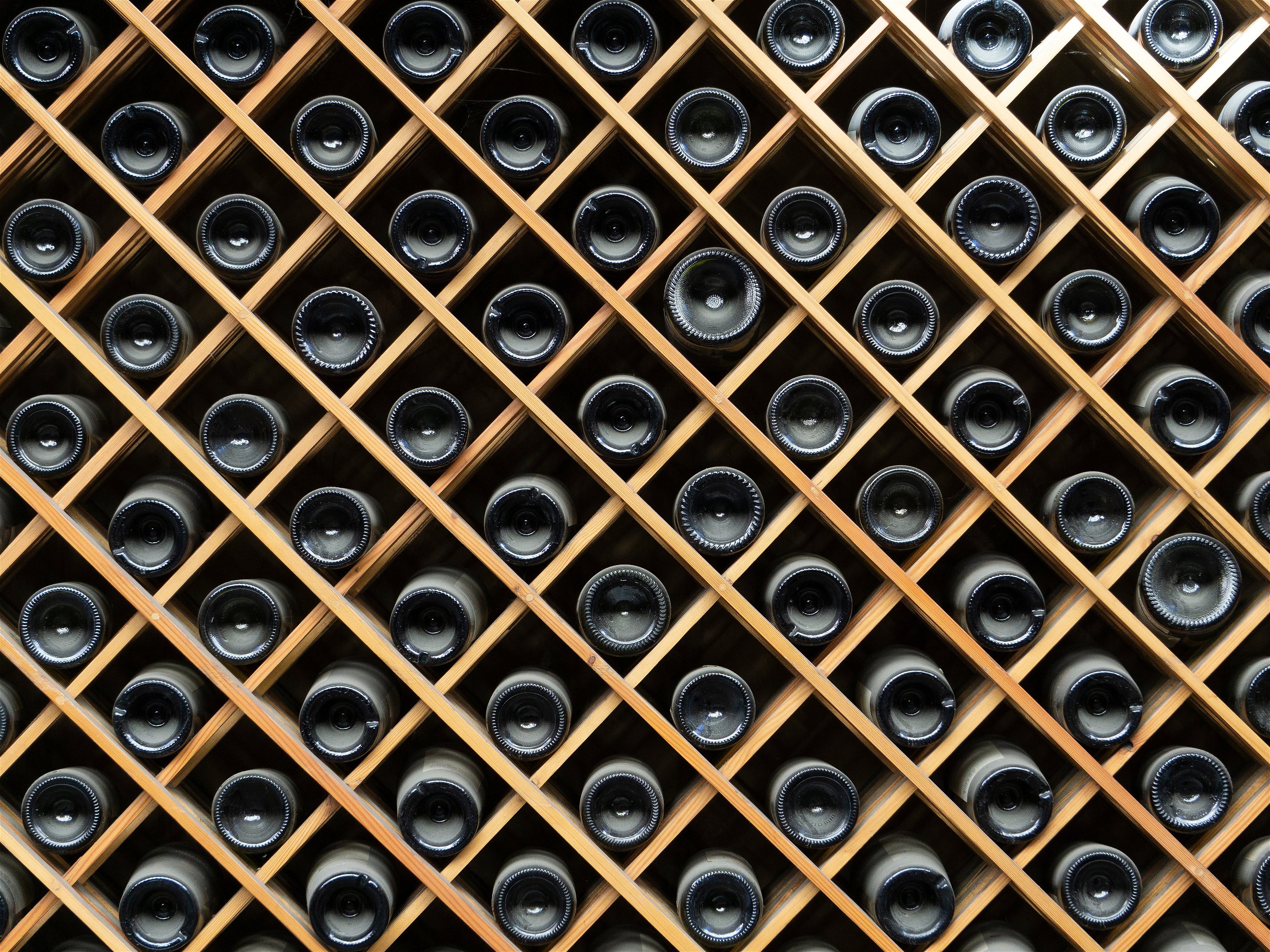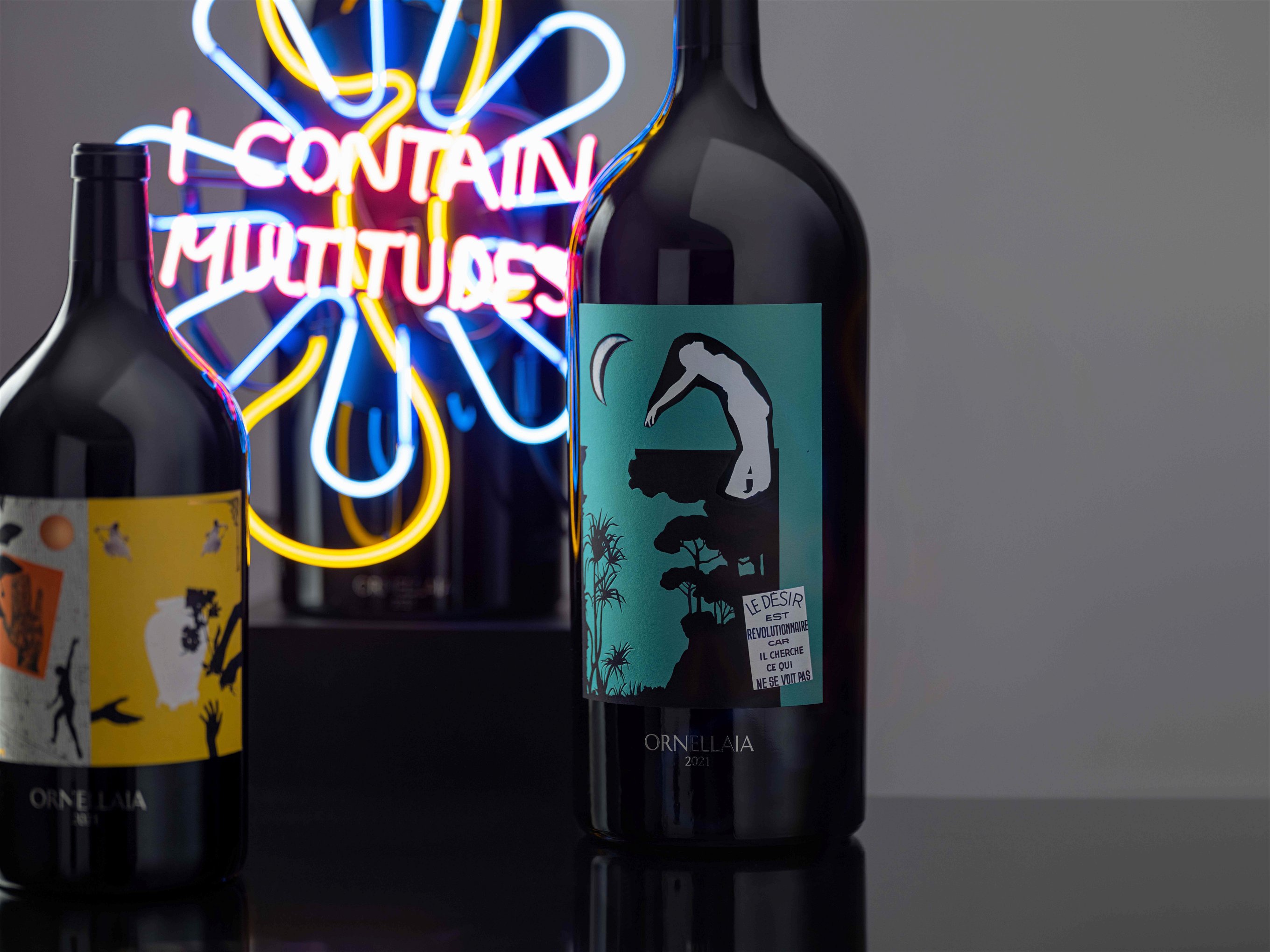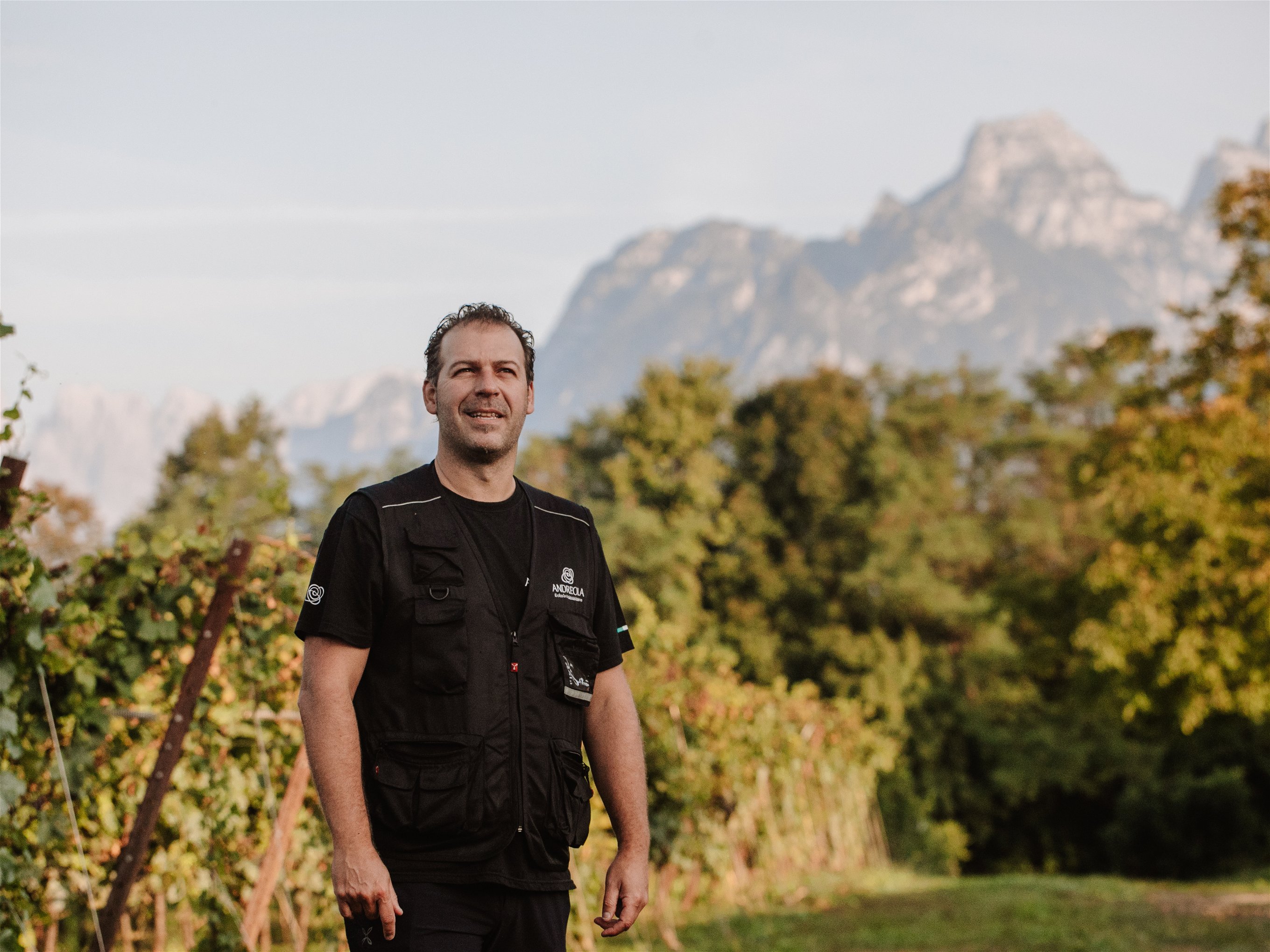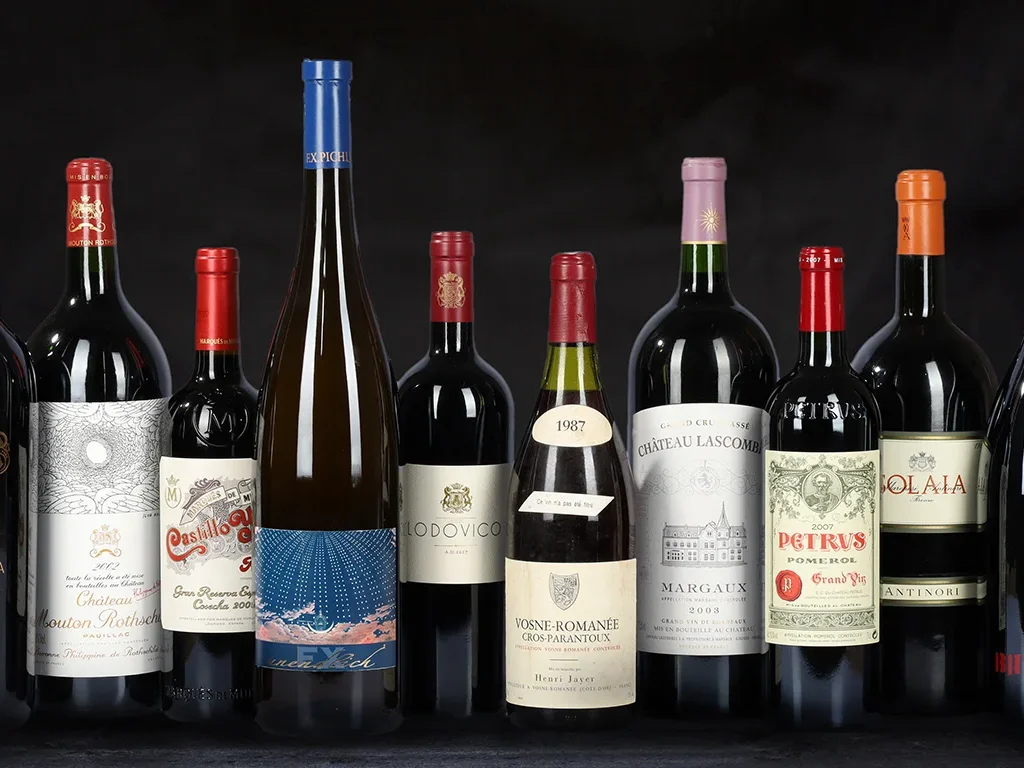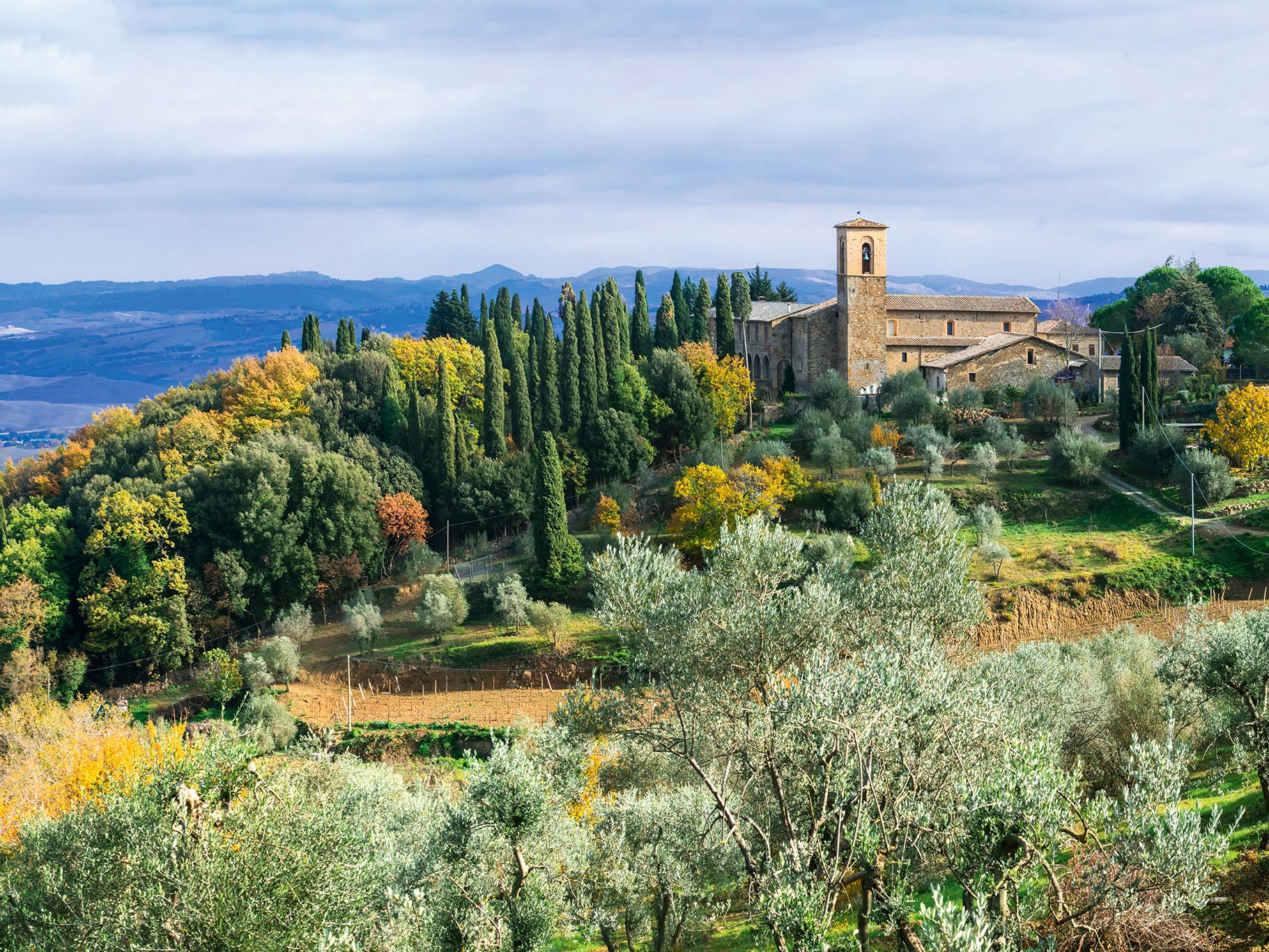The Douro is one of the largest, but even more so one of the most famous wine regions and is synonymous with one of the most famous fortified wines in the world, Port. It is also one of the most spectacular wine-growing regions of them all. The Douro River in the north of the country, which is called Duero on the Spanish side, has carved a deep valley into the granite-shale mountains, and the vines stand on terraces on its steep slopes. Large parts of the valley as well as the valleys of the tributaries are almost impassable and can only be reached either via the Douro River or via laboriously constructed railways. Therefore, there are hardly any wineries in the valley itself. Grapes, or as a rule, the wine, are transported overland or by river to Porto, where the port wine producers take care of further ageing. Only a few wineries, called quintas, have found space in the valleys. Almost 40,000 hectares are under vine here, of which in turn almost 30,000 hectares are reserved exclusively for the production of port wine. The rest is used to produce dry white and red wines, which have enjoyed increasing popularity since the 1980s. About 40 grape varieties are authorised for the production of port wines, but in fact port houses today limit themselves to a few very high quality ones. The Douro is one of the oldest legally defined wine growing regions in the world, the boundaries were established as early as 1756 and have hardly been changed to this day. The reason why alcohol is added to Port wines dates back a few centuries. When the English began to import wines from the Douro Valley, they noticed that it lost quality by sea. However, if alcohol was added to it, it arrived at the English seaports in the best and most enjoyable condition.


